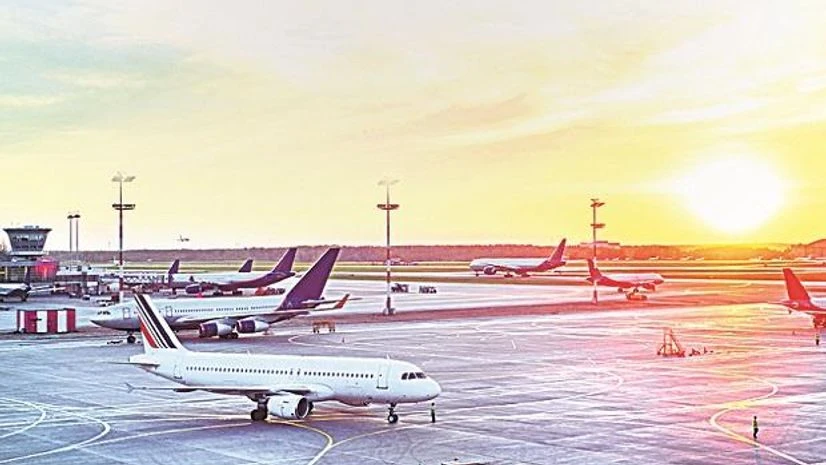The Directorate General of Civil Aviation (DGCA) is taking at least a couple of months to issue licences to trained pilots as the regulator is grappling with the shortage of staff at key positions, according to sources.
After training, individuals need to obtain a Commercial Pilot Licence (CPL) to be eligible to fly commercial flights.
Sources in the civil aviation ministry said that at present, a pilot has to wait for a couple of months to get his or her licence and the pendency time is likely to go up in the coming months.
"The Directorate of Training and Licensing (DTL), under the Operations Department which deals with licensing, has a total of 129 sanctioned posts of assistant directors. Of those, 92 posts or almost 72 per cent of the total strength are lying vacant," one of the sources said.
Till July 2022, the DGCA had only 72 sanctioned posts of assistant directors. In August 2022, the ministry created 57 new posts and the sanctioned strength rose to 129 positions.
"However, DGCA has failed to initiate any process to fill the 57 newly created posts. As many as 35 old posts out of the 72 that fell vacant due to retirement or promotions of the employees are also lying vacant, the source said.
More From This Section
When contacted, DGCA Director General Vikram Dev Dutt did not offer any comment on the issues.
However, a senior official on the condition of anonymity said that the hiring process is tedious and time-consuming, and that is the reason for the delay in filling crucial posts.
As per the DGCA's own 'Standard of Service', after due process, a CPL has to be issued within three days.
Further, the source said the regulator published an advertisement through the Union Public Service Commission (PSC) for filling entry-level posts in airworthiness, legal and air safety areas. However, no advertisement for filling the posts in the operations cadre at the entry level for assistant directors that deal with the licensing process has been issued, the source added.
The sources at the ministry said that institutes which provide training for drone flying have to get a licence from the DGCA. Over a dozen such institutes have applied for licences but their applications are lying for approval for a considerable amount of time, they added.
"Companies that sell drones to trained pilots have to obtain a UIN (Unique Identification Number) from the DGCA for each drone. Similarly, trained drone pilots also have to get a licence from the DGCA to fly drones.
Aviation experts, who are aware of the issue, said that the pendency time in issuing licences to pilots might go up as the operations department under DTL is under the restructuring process due to which the files are moving among DGCA, the ministry and the Department of Personnel and Training (DoPT).
"So far as I know, even the higher positions such as the post of Deputy Director Generals (DDGs) are also facing severe shortage as the DGCA initiated new recruitment rules last year for these posts. Out of total 18 DDGs posts at DGCA, 9 are vacant. As many as 7 out of these 9 posts were created in August 2022," Captain SS Panesar, Ex-Director of Flight Safety and Training at Indian Airlines, said.
According to him, in the absence of recruitment rules, the feeder cadre, -- directors from legal, airworthiness, operations, flying training aircraft and engineering, among other departments, could not be promoted.
"This has also resulted in a roadblock in the career progression of all group A officers in DGCA and in future, will severely impact the aviation industry. The ministry immediately needs to fill all these technical positions with competent and highly skilled professionals," he said.
The operations department, which deals with drone licensing too, has crucial positions such as Deputy Director General (DDG), Director Operations and Deputy Director Operations remaining vacant for more than a year.
"There is pendency in all these services due to lack of officials," one of the sources said.
The sources also claimed that even Air Traffic Controllers Licensing and Aerodrome Licensing processes are also moving at a snail's pace.
(Only the headline and picture of this report may have been reworked by the Business Standard staff; the rest of the content is auto-generated from a syndicated feed.)

)
